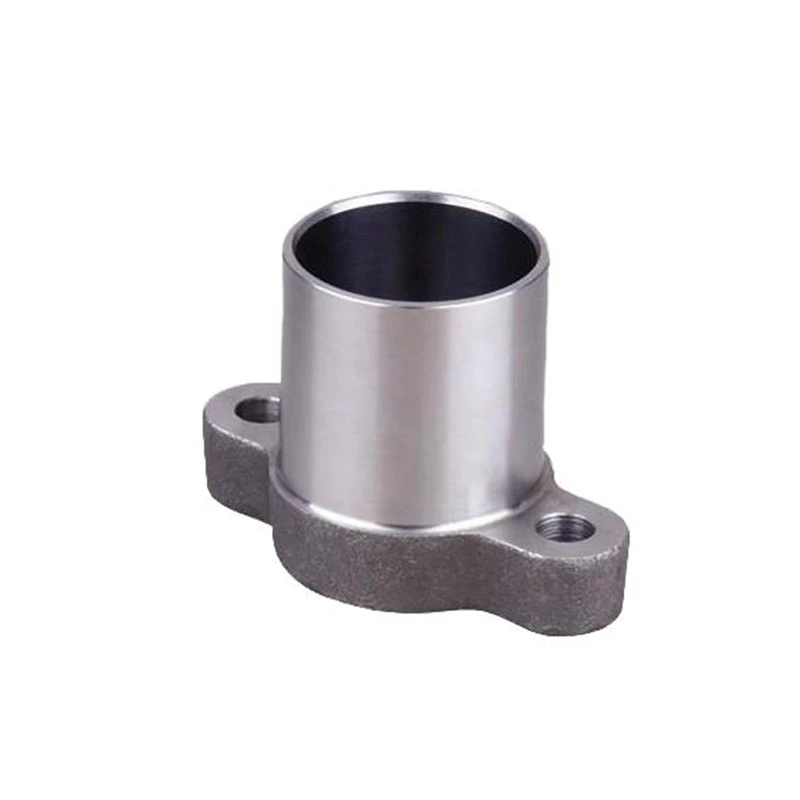green sand metal casting
The Significance of Green Sand Metal Casting
Green sand casting, a traditional method of metal casting, continues to be one of the most widely used techniques in the foundry industry today. This process involves creating a mold from a mixture of sand, clay, and water, which gives it its 'green' designation. Although the term 'green' may imply that the process is environmentally friendly, it actually refers to the moisture content of the sand mixture before it has been hardened or baked. This article delves into the significance, advantages, and applications of green sand metal casting.
Historical Context
The art of metal casting dates back thousands of years, with early civilizations using various methods to create tools and decorative items. Green sand casting has roots that trace back to ancient cultures. As technology progressed, the technique evolved, but its fundamental principles have remained consistent. Traditional foundries still favor green sand casting due to its simplicity and effectiveness, allowing for intricate designs and rapid production.
Composition of Green Sand
The key components of green sand include silica sand, clay, and water. The silica sand provides the bulk of the mold material, while the clay acts as a binder that imparts cohesiveness to the sand mixture. Water is added to enable the clay to create a strong bond. The typical composition of green sand is about 90% silica sand, 5-10% clay, and 2-5% water.
The type of clay used can vary; however, the most common type is bentonite, renowned for its excellent binding properties. The moisture content must be carefully controlled to ensure that the sand mixture maintains its shape while being sufficiently pliable for mold-making.
Advantages of Green Sand Casting
1. Cost-Effectiveness One of the primary advantages of green sand casting is its cost-effectiveness. The materials used are relatively inexpensive, and the process itself is straightforward, making it accessible for small and large foundries alike.
2. Versatile Design Green sand molds can be easily shaped and modified, enabling a diverse range of designs and sizes. This versatility makes it an ideal choice for producing complex geometries and intricate patterns.
green sand metal casting

3. Reusability After the casting process, the sand can be reclaimed and reused for new molds. This not only reduces waste but also lowers the cost of raw materials.
4. Good Surface Finish Green sand casting can produce good surface finishes on cast parts, which may reduce or eliminate the need for extensive post-processing.
5. Efficient Production The green sand casting process can accommodate high production volumes, making it suitable for mass manufacturing applications.
Applications of Green Sand Casting
Green sand casting is used across various industries, including automotive, aerospace, and art. In the automotive sector, it is common for producing engine blocks, cylinder heads, and other critical components. Aerospace applications often require lightweight alloys, making green sand casting a preferred method for creating high-strength parts.
Furthermore, green sand casting is often employed in crafting artistic sculptures, decorative items, and custom metalwork. The blend of tradition and modern technology allows artisans to realize their creative visions with precision.
Environmental Considerations
While the term 'green' might imply eco-friendliness, it’s essential to recognize the environmental impacts associated with green sand casting. Efforts are increasingly made to refine sand reclamation processes and minimize waste. Innovative solutions in foundry technology now focus on reducing emissions and employing sustainable materials. Additionally, advances in mold technology are enabling the development of more environmentally friendly bonding agents.
Conclusion
Green sand metal casting remains a cornerstone of the foundry industry, celebrated for its versatility and economic viability. As foundries continue to innovate and adapt to modern demands, the principles of traditional casting methods like green sand will likely continue to play a vital role in metal production for years to come. Whether in manufacturing or art, the legacy of green sand metal casting endures, proving its indispensable value in the diverse landscape of metalworking.
-
OEM Sand Cast Pump Valve Fittings - Hairun Sourcing | Precision Engineering, Industrial EfficiencyNewsJul.13,2025
-
EcoGuard 3000 - Sustainable Agriculture Solution&Soil Health ImprovementNewsJul.13,2025
-
SmartAgri Solutions: Smart Farming Tech | AI Analytics & IoT SensorsNewsJul.13,2025
-
[Product Name]-[Company Name]|Business Efficiency&InnovationNewsJul.13,2025
-
Smart Factory Solutions-Industrial Efficiency|Real-Time Analytics&Automated WorkflowNewsJul.12,2025
-
OEM Sand Cast Pump Valve Fittings - Hairun Sourcing | Durable, Reliable, CustomizedNewsJul.12,2025















